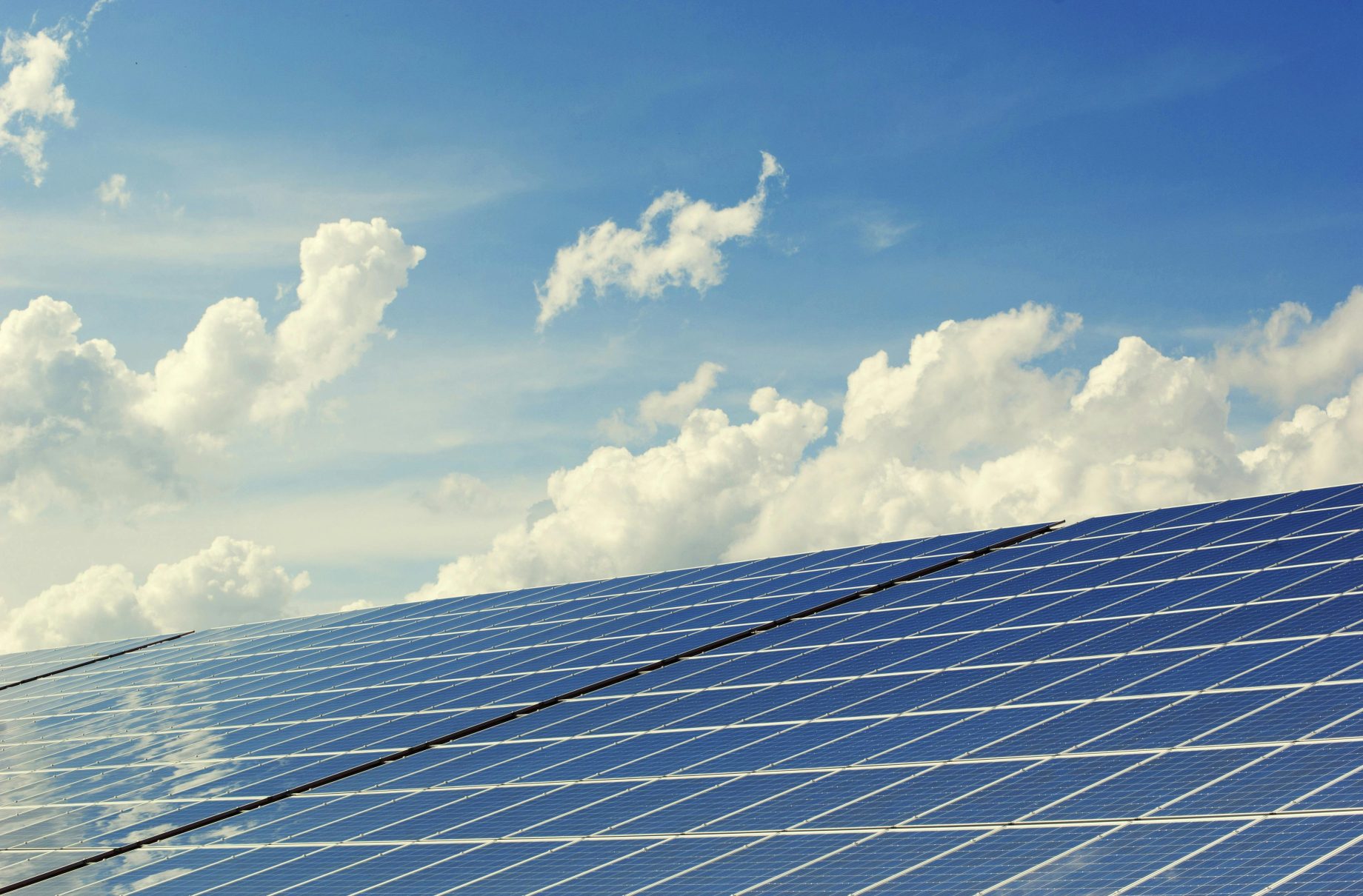New research indicates that a rapid increase in solar capacity is positioning New Zealand to produce enough solar energy to supply every household in the country within the next seven years.
The country’s largest residential solar provider, Harrisons Solar, has revealed that the total installed capacity reached 665 MW last month, marking a 43% increase compared to the same period last year and more than twice the capacity recorded two years ago.
If this growth rate continues, the country’s solar capacity is projected to exceed 10,250 MW by 2032, which would be sufficient to meet the annual electricity demand of all 2.05 million households.
“For the first time, we can realistically forecast a future where New Zealand will have enough solar capacity to power every home in the country – and that milestone is now firmly within reach,” Harrisons Solar managing director Phil Harrison said.
He said the introduction of new, more efficient solar technologies is expected to reduce the number of years it will take for the country to achieve self-sufficiency from non-renewable power sources.
According to Harrison, in less than a year, New Zealand’s solar capacity will hit 953 MW, matching the electricity output of the coal-fired Huntly power station.
He also noted that although residential solar has experienced record growth and consumer interest has surged due to rising power bills and grid instability, solar energy still accounts for less than 2% of New Zealand’s total electricity generation.
“Our analysis of Electricity Authority data shows that residential installations made up around 54% of total installed solar capacity last month.”
“The number of Kiwi homes with rooftop solar is now almost 68,000 and growing at around over 8,700 annually.”
“While it took NZ seven years to reach the first 100 MW in solar capacity, that same amount is now being added every 18 months.”












